
Definition of Resistor:
A resistor is an electrical component that provides resistance of various values (eg: 100 Ohm, 200 Ohm, 1000 Ohm, etc.) to prevent the flow of current and cause voltage drop across the line and provide the required current and voltage to the components of the electronic circuit.

Definition of Resistence:
The value of a resistor or a conducting wire that impedes the current flowing through it is called Resistance ,expressed as R, and the unit ohm.
Types of resistors are:-

Determination of Resistor Value:-
There are three techniques for determining the value of a resistor namely:-1. Determining value by color code 2. Determining value with ohm meter 3. Determining value from writing on resistor.
Determining the value of a resistor by color code:
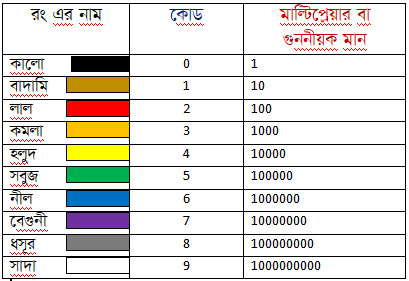
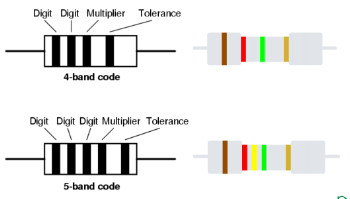



Determination of resistor value with ohm meter:
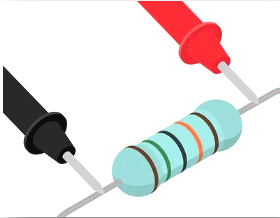


Current, Voltage and Power Rating Formula: P = VI [where P is the power of the resistor, V is the voltage value, I is the current value]
P=I2R, I=V/R, V=IR, R=V/I, P=V2/R, I=P/V – etc. Using this Formulas to easily calculate- resistor value, its current , voltage and power value. Different watt resistors are available in the market like: 1/4 watt, 1/2w, 1w, 2-10watt.

P=I2R= .02*.02*470= 0.188 Watt , A resistor of .25w is used in the said circuit.[ Flow Current in this circuit, I=20ma= 20/1000=.02Amp
Use of Resistors:
- In transmitter and receiver circuits of radio, television
- As a volume controller
- In the fan regulator circuit
- As the brightness controller
- In computer motherboard circuit
- In the amplifier circuit
- In the voltmeter circuit
- In the circuit of Watt meter
Good/Bad Determination of Resistor:
Good Status:-
The resistor value is shown with the help of the Indicator of the ohm meter and with the help of the color code, the approximate value can be obtained.
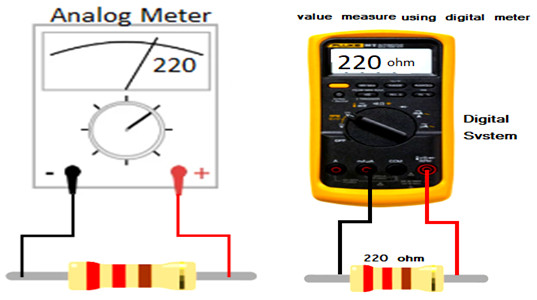
Bad Status:-
The indicator of Ohm meter shows short or a constant value .
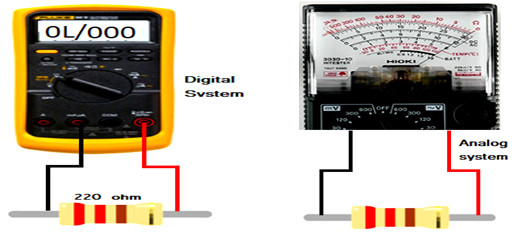
Also, sometimes due to excess current and voltage, the resistor burns out, and from the burning we assume that the resistor has gone bad.
